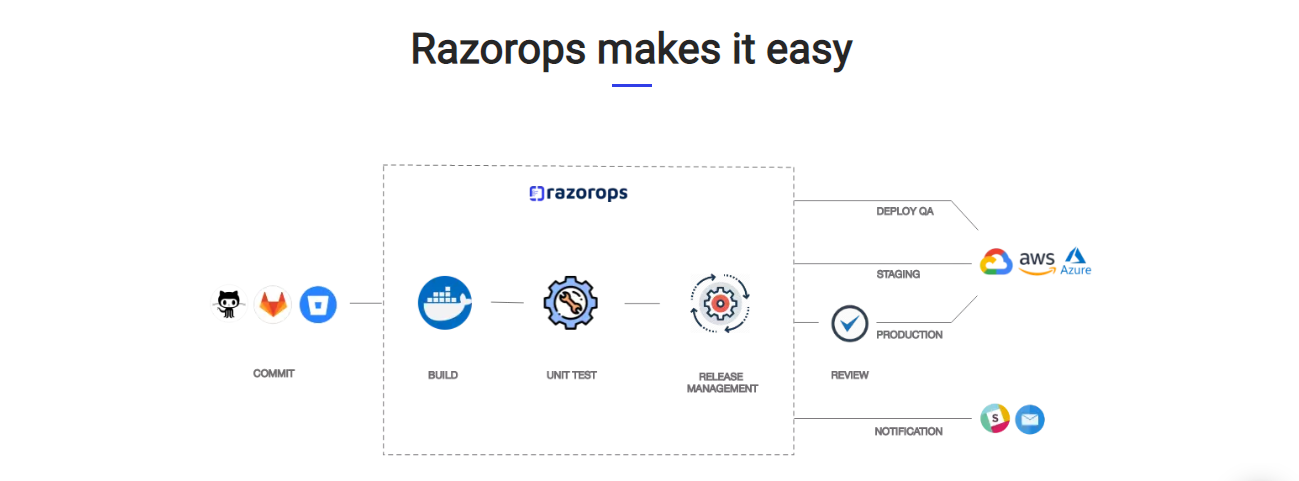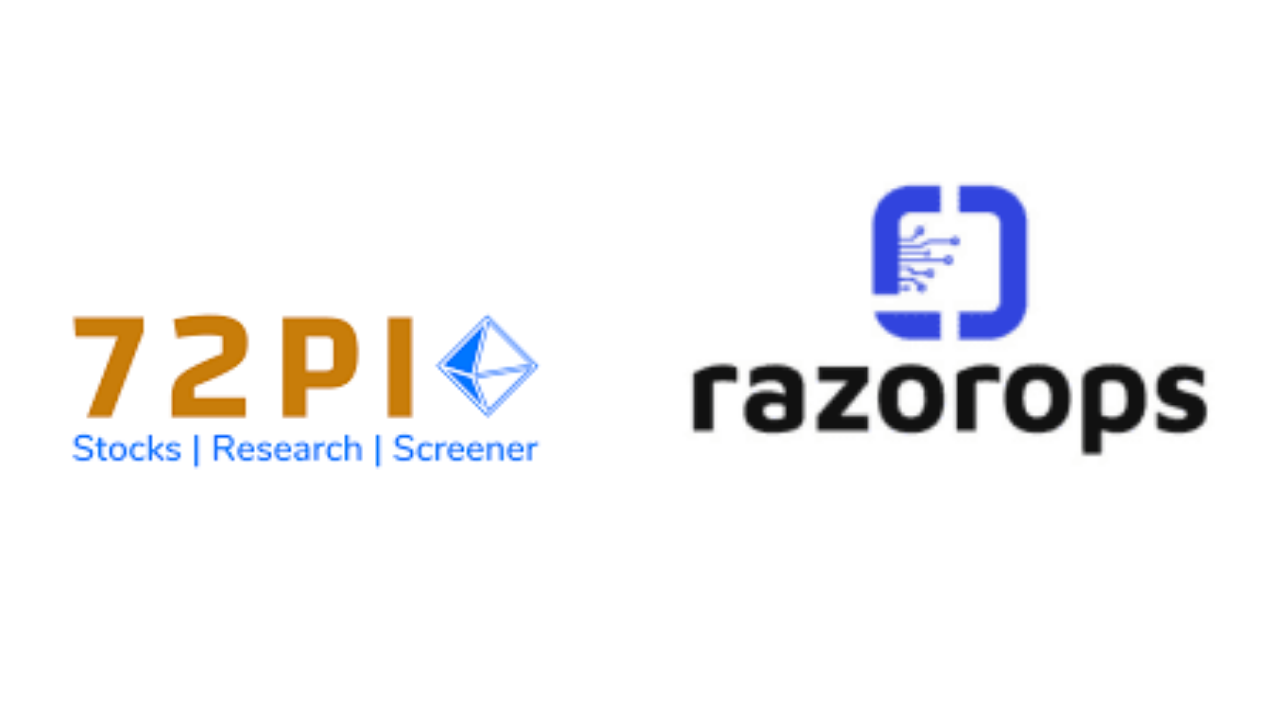
Why Bother Using Continuous Integration To Deploy Your Containerized Software? Subscribe and get the latest updates on container-native & DevOps news around the globe.
It can be difficult to troubleshoot code or tests generated by various teams. Cross-team coordination can exacerbate delays and take precedence over code quality. Continuous Integration (CI) and Continuous Delivery(CD) is a practical solution to this challenge.
CI/CD is a word that is frequently used alongside terms like “DevOps,” “Agile,” “automation,” and so on. These words are intended to define a modern development workflow that teams use to increase quality and productivity. From code development to production deployment, a CI/CD pipeline is a set of stages and automated actions that software goes through. The need for CI/CD is driven by a DevOps environment where teams are interested in deploying applications more often and with more agility. As Kubernetes adoption in enterprises rises, so is the need for CI/CD as it supports the container.

The latest trend in cutting-edge software development is containerization. Containers enable your software to be environment-agnostic while still maintaining consistent behavior across environments, a practice known as “cloud-native.” Kubernetes is an open-source cloud platform for deploying and running cloud-native applications at scale. Despite its greatness, Kubernetes is difficult to set up and administer.
What are the advantages of Kubernetes Continuous Integration/Continuous Delivery?
Both CI/CD workflows and cloud-native solutions strive to boost development velocity, improve software quality, and retain operability. Many processes between the time code are written and when it is released into production are automated with CI/CD. Kubernetes, on the other hand, automates container deployments across a variety of IT setups while ensuring effective resource consumption. As a result, enterprises should set up CI/CD pipelines that use the Kubernetes platform.
So far good but the main aim was not just to create an application, it is to run the application live and generate revenue that requires maintenance and management which in turn requires technical expertise. As an alternative to this, there are managed Kubernetes services where a 3rd party will take care of the application by maintaining and managing it for you. To know more about Kubernetes and managed Kubernetes service join us in tomorrow’s webinar: Kubernetes 101: Getting started with Kubernetes hosted by RazorOps in collaboration with DigitalOcean.

Don’t forget to block your time for the webinar.
Important picks for the week

The 72pi team is dedicated on providing their users with a speedy and memorable experience, as well as promptly adapting to the ever changing fintech industry. As a result, development must take precedence over deployments. They were seeking a solution that placed development first.
The team wanted a solution that is reliable, quick, robust and easy for them to use.
Container-as-first-class-unit-of-infrastructure software
The software is container-as-first-class-unit of infrastructure software, including a containerized orchestrator, a container runtime and container native cloud management. The software consists of core components for distributed systems management and operation.
Important Events
Kubernetes 101: Get started with Kubernetes | May 28, 2022—11:30 a.m. IST | RSVP

Kubernetes is a low-cost, automated approach for deploying and managing your application that can scale up and down as needed. Learn everything there is to know about Kubernetes, with an emphasis on using DigitalOcean Kubernetes to deploy and manage your application.
The CNCF Online Events
-
CNCF Live Webinar: Advancements in Kubernetes Workload Identity for Azure | Tue, May 31, 10:00 AM (PDT)| RSVP- Learn about the project advancements being made for assigning identities to Kubernetes workloads in Azure.
-
Cloud Native Live: Enabling automatic NetOps in your on-prem cloud | Wed, Jun 1, 9:00 AM (PDT)| RSVP- All new applications are being written with their infrastructure requirements described directly in k8s deployment files. By using the Kubernetes API to control the availability of the network services, customers can eliminate costly scripting and custom automation development.
-
CNCF On-Demand Webinar: Securing Windows Workloads | Jun 2 - 3, 12:00 AM (PDT)| RSVP- These days, everyone is familiar with Linux containers, and a popular way to run Linux-based binary files is in an isolated environment. A container is similar to a lightweight packaging technique. Windows also offer a container solution that allows users to pack Windows-based applications in an isolated environment. Kubernetes can run these packaged applications at scale, but what could be used to secure such workloads?





